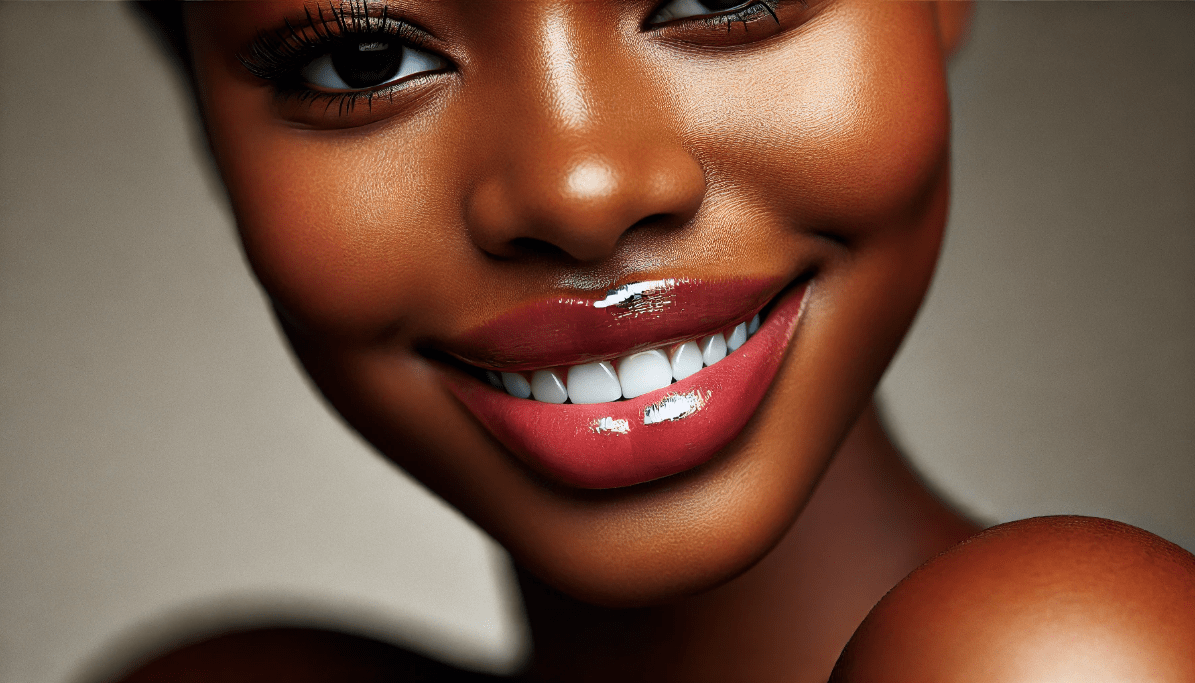Understanding the Hidden Meanings Behind Different Types of Smiles
Smiles are more than just a simple expression; they are a complex form of nonverbal communication that can reveal a lot about a person’s emotions and intentions. While a smile often signals happiness or friendliness, it can also indicate discomfort, superiority, or even hidden anxiety. The way a person smiles can offer valuable insights into their true feelings, making it essential to understand the nuances behind different types of smiles.
There are several common types of smiles, each with its own unique characteristics and emotional significance. Recognizing these differences can help improve social interactions, foster empathy, and build stronger connections with others. Here are six common types of smiles and what they might reveal about someone’s inner emotions.
1. Duchenne Smile
The Duchenne smile is considered the most genuine type of smile. It is characterized by the movement of both the mouth and the eyes, resulting in visible “crow’s feet” around the eyes. This type of smile is typically associated with real happiness and conveys sincerity, warmth, and trustworthiness. Unlike other smiles, the Duchenne smile is spontaneous and difficult to fake, making it a reliable indicator of true joy.
2. Polite Smile
A polite smile is a socially driven expression used in formal or courteous situations. It involves minimal eye contact and is usually limited to the mouth. While it appears friendly, it lacks the depth and authenticity of a genuine smile. This type of smile is often used to maintain social harmony and show respect without necessarily reflecting true emotions.
3. Fearful Smile
A fearful smile is commonly seen in uncomfortable or tense situations. It is used as a way to mask fear or anxiety, often appearing forced. People may display this type of smile when they feel nervous, such as during public speaking or in high-pressure environments. A fearful smile typically has tight lips and little eye involvement, making it easy to distinguish from a genuine expression of happiness.
4. Miserable Smile
A miserable smile occurs when someone is trying to hide their sadness or disappointment. This type of smile might appear during moments of loss, failure, or emotional distress. Despite the attempt to maintain composure, a miserable smile lacks the warmth and positivity of a genuine happy smile. It often signals internal struggle and an effort to suppress negative emotions.
5. Contemptuous Smile
A contemptuous smile is typically lopsided, with only one side of the mouth raised. It is used to convey disdain, scorn, or disapproval without verbalizing it. This type of smile often appears in arguments or tense situations, signaling a sense of superiority or judgment. Unlike a genuine smile, a contemptuous smile is not about expressing positive emotions but rather about asserting dominance or dismissing others.
6. Embarrassed Smile
An embarrassed smile is a coping mechanism used when someone feels awkward or has made a mistake. It is often accompanied by downward gazes and is used to ease tension in social situations. This type of smile clearly signals discomfort or social unease, helping to defuse potential embarrassment. However, it does not reflect genuine happiness or positive emotions.
Understanding the different types of smiles can enhance our ability to interpret emotions and respond with greater empathy. Whether it’s a genuine Duchenne smile or a forced expression of politeness, each smile carries its own meaning and context. By paying attention to these subtle cues, we can better connect with others and navigate social interactions with more awareness and sensitivity.







